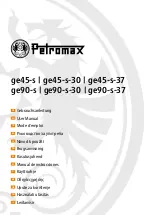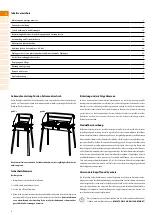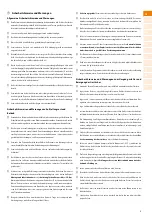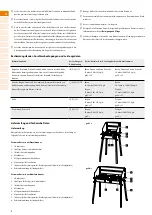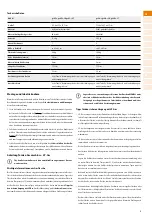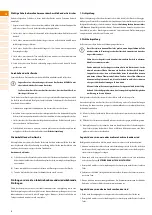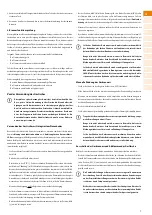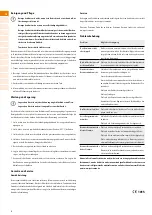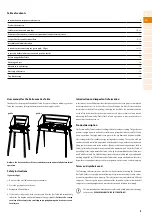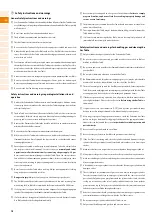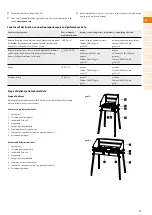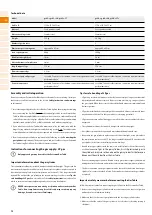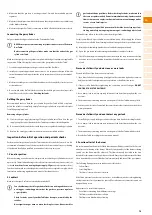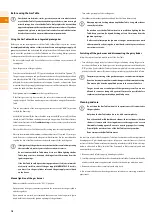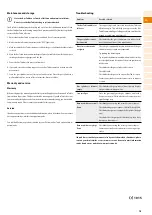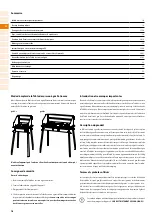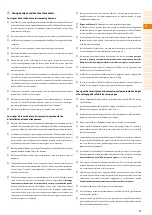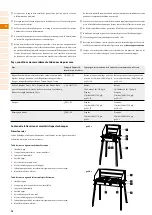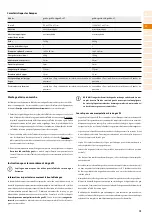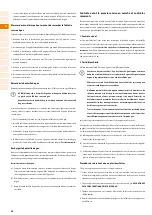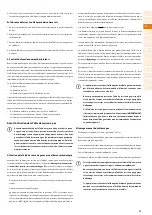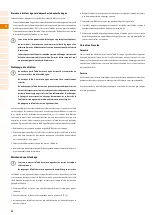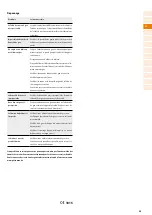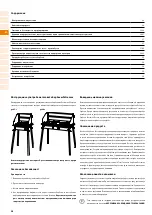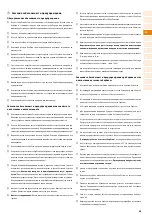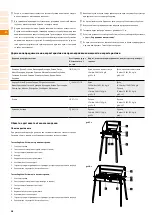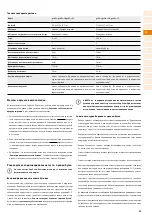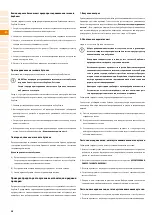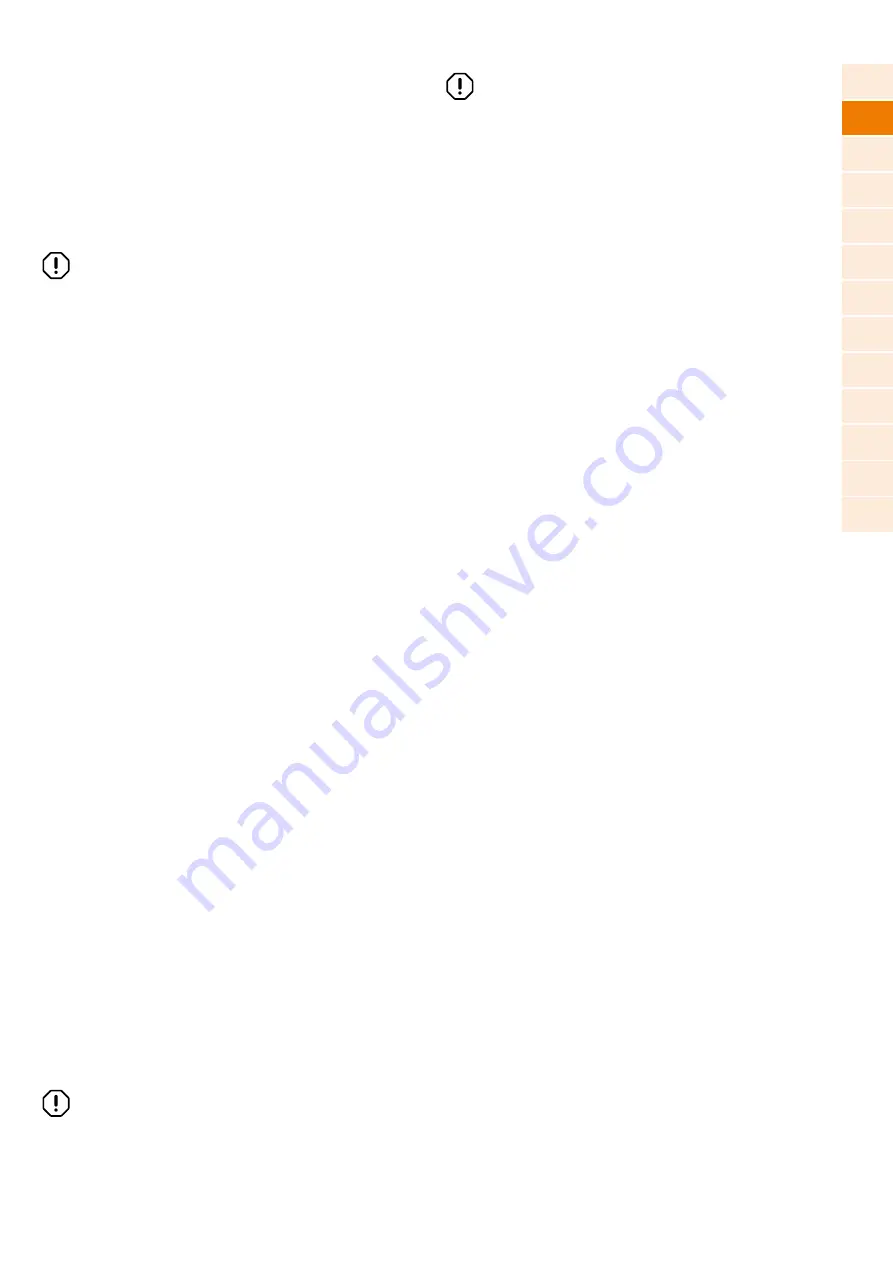
13
13
DE
EN
FR
BG
CZ
DA
EE
ES
FI
GR
HR
HU
IS
4. Make sure that the gas hose is not longer than 1.5 m and has a suitable pressure
regulator.
5. Make sure that all parts are without defects and that the gas hose does not exhibit any
cracks, kinks or braising.
6. Make sure that your Gas Table is completely switched off and that all valves are closed.
Connecting the gas cylinder
Only use standardised gas cylinders for the Petromax Gas Table.
NEVER store spare or unconnected gas cylinders under or near of Petromax
Gas Table.
Before connecting the gas cylinder, make sure that the valve of the gas
cylinder is closed.
Make sure that your pressure regulator complies with the legal requirements applicable
in your area. Follow the steps below to connect the gas cylinder to the Gas Table.
1. Screw the supplied adapter to the gas connection of the Gas Table.
2. Install your separately purchased connection set. It is imperative that you follow the
instruction manual and in particular the safety instructions of the respective manuf-
acturer.
3. Make sure that the gas hose is not kinked and does not have any defects such as porous
or charred areas.
4. Do not switch on the Gas Table before you have checked the gas connection for possible
leaks. Please refer to the section
Checking for leaks
.
Refilling the gas cylinder
We recommend that you have the gas cylinder for your Gas Table refilled or replaced
before the cylinder is completely empty. Take the gas cylinder to a specialised retailer
for refilling or replacement.
Removing the gas cylinder
A) First close the gas supply by turning off the gas cylinder valve. Then close the gas
supply using the control knob on the Gas Table to prevent possible deflagration.
B) Disconnect all valves and the hose with the pressure regulator from the gas cylinder.
C) Replace the empty gas cylinder with a new one at a specialised retailer.
Inspection before initial operation and periodic checks
Perform a visual inspection of your Gas Table and check for leaks before each use. We
recommend a functional test of the burner before the first use and after every cleaning
of the burner, ideally by a qualified person and at least every two years.
1. Visual inspection
When performing a visual inspection, always make sure that the gas cylinder has been set
up correctly. This includes adhering to the safety instructions and correct connection (see
section
Instructions for connecting the gas supply – LP gas
and subsequent sections.)
You should also make sure that the gas hose and the pressure regulator comply with the
latest safety and testing regulations and are not older than ten years.
2. Leak test
Make sure that your Gas Table is completely switched off.
You should always check for gas leaks after disconnecting and then recon-
necting gas-conducting parts such as the gas hose, pressure regulator
or gas cylinder.
Check for leaks even if your Gas Table has been pre-assembled by the
retailer.
Never ignite the gas burners when checking for leaks. Never check for
gas leaks with an open flame. Before checking for leaks, make sure that
there are no sparks or naked flames in immediate vicinity. Sparks or naked
flames can cause an explosion that can lead to material damage and/or
serious or even fatal injuries.
Every two years, a qualified person should check the device for proper func-
tioning and safety since ageing can cause gas-conducting parts to leak.
Follow the steps below to check the connections for gas leaks:
For this you will need a gas cylinder, a soap solution, and a cloth to apply the solution.
You can also use a suitable foam-forming leak detection agent from a specialised retailer.
A) Mix soap or dishwashing liquid or have a leak detection agent at hand.
B) Open the gas bottle valve by turning the hand wheel counter-clockwise.
C) Check for leaks by moisturising the connections with the soap solution or the leak
detection spray. In case of bubble formation or if a bubble increases you have detected
a leak.
Proceed as follows if you detect one or more leaks
Proceed as follows if you detect one or more leaks:
1. If you detect a leak at a connecting point, tighten the connection by hand (recommen-
ded) and check for leaks again with a soap solution or leak detection spray.
2. If there is still a leak after retightening the connection, turn off the gas.
DO NOT
CONTINUE TO USE THE GAS TABLE!
3. Use a damp cloth to remove any soap solution or leak detection spray from the con-
nections.
4. Then remove any remaining moisture on the parts of the Gas Table with a dry cloth.
5. Contact your local retailer. You can find the contact details of our retailers on our website at
www.petromax.de
Proceed as follows if you do not detect any gas leak
1. Turn off the gas supply at the gas cylinder after you have finished checking for leaks.
2. Use a damp cloth to remove any soap solution or leak detection spray from the con-
nections.
3. Then remove any remaining moisture on the parts of the Gas Table with a dry cloth.
4. Use the Gas Table according to the instruction manual.
3. Functional test of the burner
We recommend a functional test of the burner by a qualified person before the first use
and after every cleaning of the burner. While the functional test of the burner is being
carried out, the flame must be observed. The flame may only be visible in the area
intended for this purpose on the gas burner. Should flames be visible in areas other than
those mentioned here, turn off the Gas Table immediately and turn off the gas cylinder.
The following flame patterns may indicate a possible defect:
•
Yellow flame.
•
Stretching flame.
•
The flame is too small or soot is formed.
If the flame pattern of your burner is not correct, it should be adjusted accordingly during
the functional test. This you cannot do yourself. For safety reasons, it must be carried out
by a qualified person.
Appearance of a correct flame pattern:
•
Even flames extending from all burner openings.
•
The flames neither stretch nor collapse.
•
The flames are bluish with a yellow tip.

